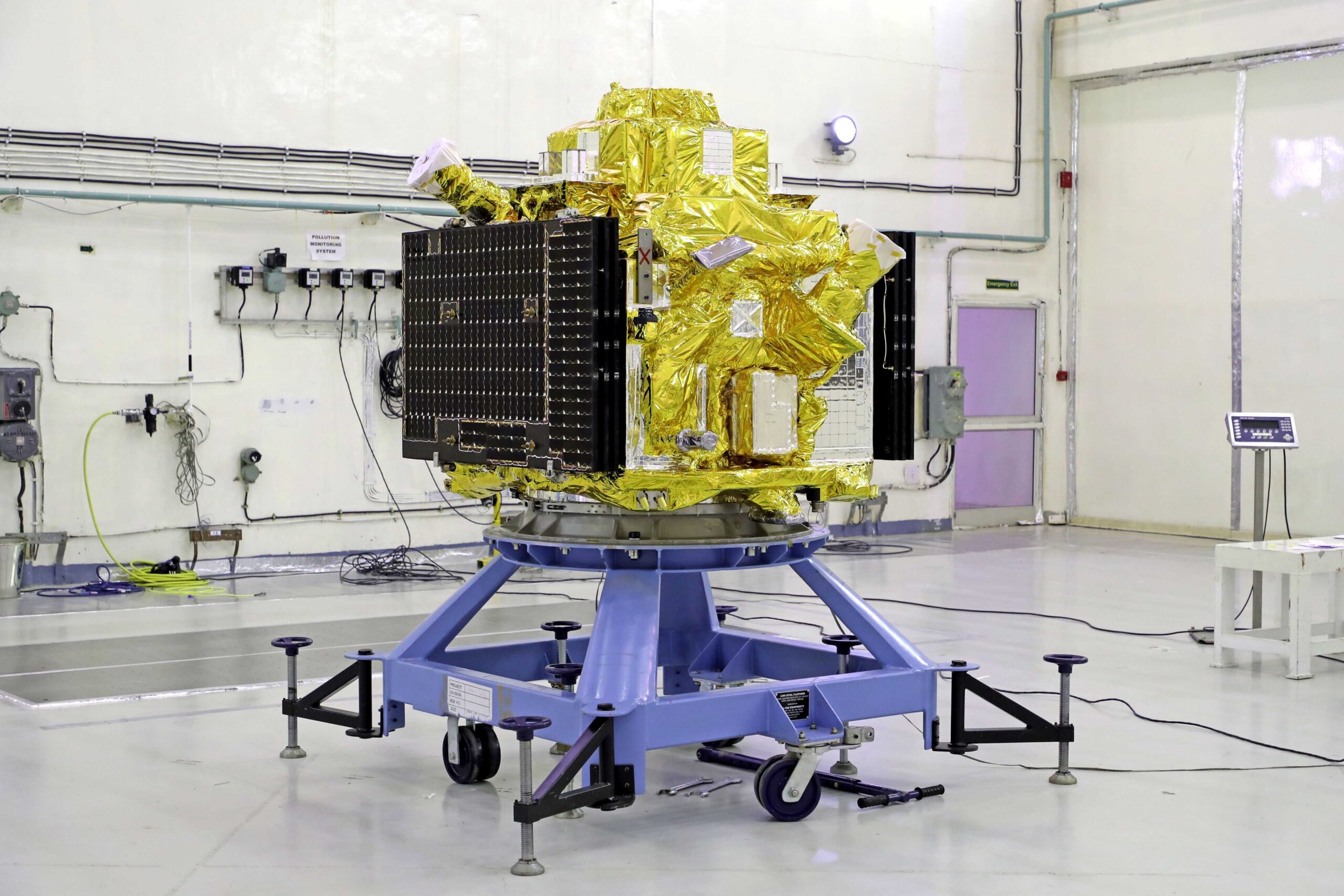Black holes are remnants of stellar deaths.
India began the New Year with the successful launch of a new mission to solve the mystery of black holes. XPoSAT or X-ray Polarimeter Sat lifted off at 9:10 am on Monday with an advanced astronomy observatory meant to study black holes and neutron stars.
The scientists aim to learn how the universe functions with this latest mission, says Dr Varun Bhalerao - an astrophysicist at IIT-Bombay - in an interview with NDTV's Science Editor Pallava Bagla, explaining the whys and hows of this complicated project.
Black holes are remnants of stellar deaths and India has been trying to study the cosmic activities using its AstroSat telescope launched eight years ago.
The method goes like - scientists try to learn about the spectrum (phenomenon where a ray of light breaks into a rainbow when passed through a prism) and how the brightness changes with time. Then they use physics or mathematical models to explain what is going on.
Unlike other science experiments, studying an object light years' away isn't as simple and requires massive observatories to collect the required data. Science too has come a long way and now the challenge is different.
"Now we are at a stage where we still have a few models left that can all explain what we observe. So how do we figure out which of those is the physics that governs this? The answer to this is in the study of X-ray polarization," says Dr Bhalerao.
X-ray polarization helps in probing conditions very close to these objects. But these objects are so far away from earth, that even the most powerful telescopes fail in getting the desired data.
Here enters XPoSAT - which is India's mission to study these objects and only the second in the world. The mission aims to study remnants of stars that have been even hundred times the size of the Sun.
These massive stars blow up in spectacular explosions called the supernova - which emits light as much as an entire galaxy at its peak. At its end, they leave behind neutron stars and black holes.
"A star that died millions of years ago - we are observing the scene of death from far away and using evidence from telescopes we are trying to piece together what happened during that moment. We are also observing the extreme environment that exists around the dead object or remnant," says Dr Bhalerao.
"XPoSAT will help us understand things that have never been understood before because we never had the tools. Not just Indians, scientists from across the world will be trying to get the XPoSAT data," he says.
India is not going to have any competition in this area for a very long time, says Dr Bhalerao.






Leave a Reply